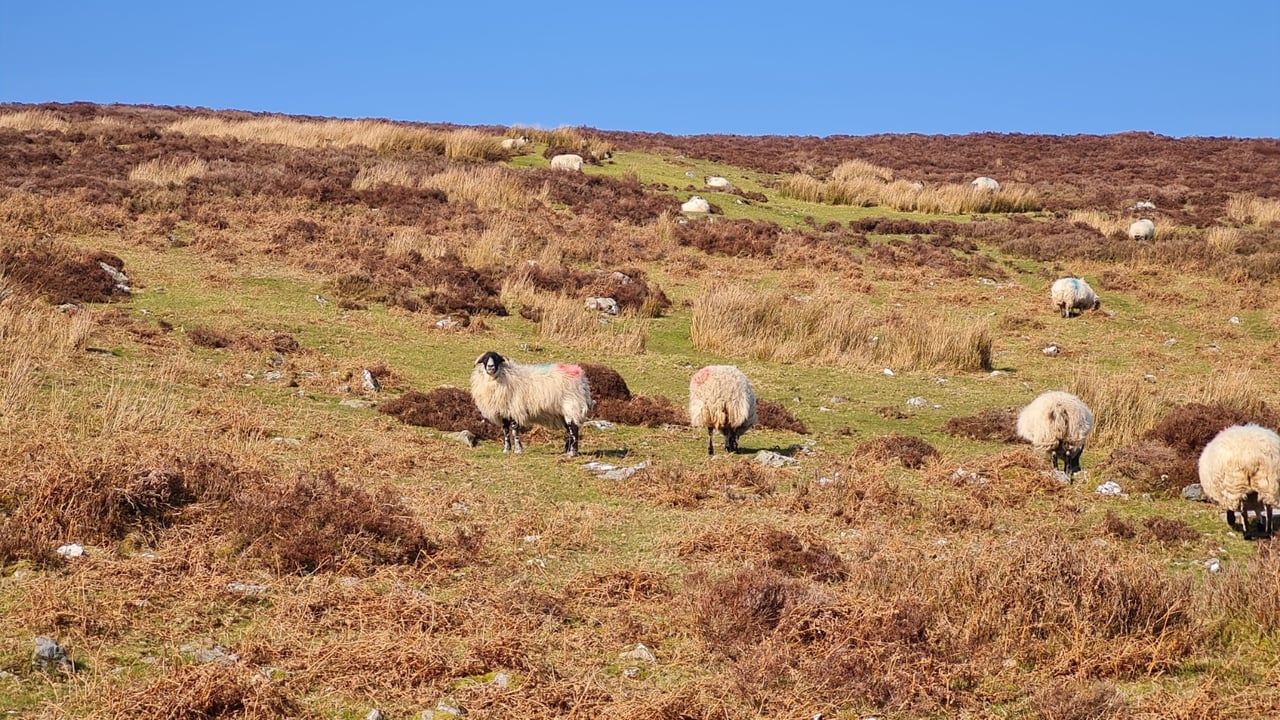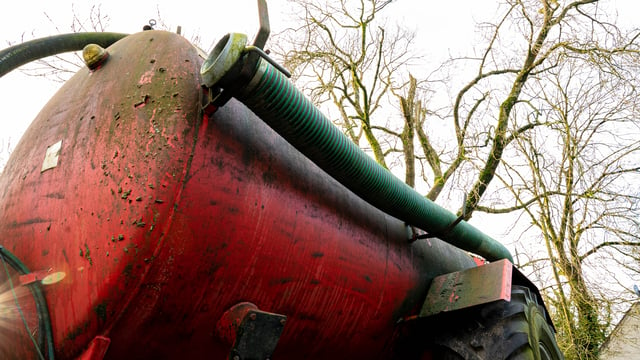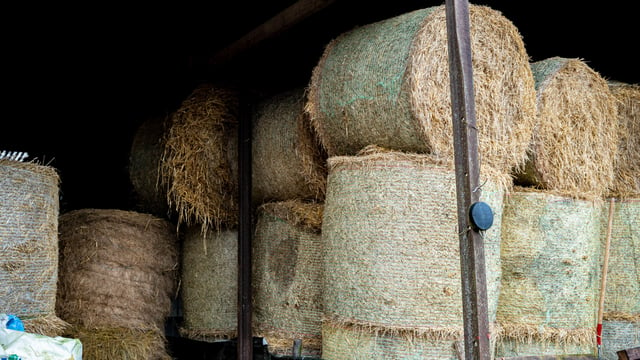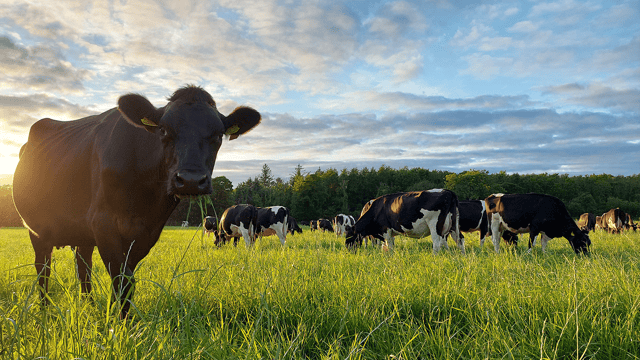61% of drystock farmers 'not having difficulty' getting fertiliser delivered
During the third meeting of the National Fodder and Food Security Committee this week, it was revealed that 61% of drystock farmers surveyed at the start of April said they are not having difficulty getting fertiliser delivered.
And where there are issue to access, these are attributed to fertiliser type required not in stock, or delayed delivery dates.
The snapshot survey, which was carried out among 936 drystock farmers between April 8-14, also found that 33% are using merchant credit to pay for fertiliser bought todate.
Interestingly, fewer than 5% are using credit union/bank loans.
And 8% of drystock farmers availed of the tillage incentive scheme to grow cereals.
Nitrogen spreading
In relation to the spreading of nitrogen on grazing ground, the survey revealed that 49% had no nitrogen spread to date; 45% plan to cut nitrogen rates on grazing ground by up to 30% in 2022; and 27% said they plan on cutting it by 30-50% this year.
And, where fertiliser use is being cut in 2022, the plans to compensate are based on improving grassland management, reducing stock numbers, and making less silage.
Key takeaways
As part of the update on ongoing priority actions by Teagasc, the meeting heard that a series on sheep grassland walks is currently being delivered across the country.
The more intensive drystock farms are buying and spreading typical fertiliser rateswhereas lower intensity farms are slower to buy/spread fertiliser, to date.
A lot of drystock farms have fields that would benefit from an application of lime to release locked-up nutrients. For many it will give a very high return on investment, the meeting was told.
Based on current input and store beef prices, the break-even base beef price neededthis autumn to cover variable and fixed costs on efficient beef farms is €4.65-€4.80per kilogramme





